Red Borneo Kratom is a unique strain of the Mitragyna speciosa tree, native to the island of Borneo. This tropical...

Exploring The Euphoria of Mitragyna Speciosa: The Complex Nature of Kratom
Mitragyna speciosa, commonly known as Kratom, is a tropical evergreen tree belonging to the coffee family that is indigenous to Southeast Asia. The leaves of the Kratom tree have been used traditionally for their stimulant and analgesic effects. In recent years, Kratom use has increased globally as people have begun exploring its potential to boost mood, relieve discomfort, and enhance wellbeing. However, there is still much to uncover about the intricate pharmacology and diverse effects of this botanical. Research into Kratom's alkaloids, such as mitragynine and 7-hydroxymitragynine, continues to shed light on its mechanisms of action and potential therapeutic applications. Additionally, ongoing studies are exploring the safety profile and long-term effects of Kratom use, aiming to provide evidence-based guidance for its responsible consumption. As interest in Kratom grows, so too does the need for comprehensive research and education to ensure informed decision-making and safe utilization of this natural resource.
The Phytochemistry Behind Kratom’s Effects
At the heart of Kratom’s effects are complex phytochemicals called alkaloids, which interact with receptors throughout the body and brain. The two primary alkaloids are mitragynine and 7-hydroxymitragynine, making up 66% and 2% of the alkaloid content in Kratom leaves respectively. These alkaloids are thought to target the body’s opioid receptors, responsible for modulating pain, mood, anxiety, and more. Their activity differs from classical opioids like morphine, contributing to Kratom’s distinct and different effects.
In addition to mitragynine and 7-hydroxymitragynine, over 40 other alkaloids have been isolated from Mitragyna speciosa to date. Researchers are now beginning to uncover how the interplay between these alkaloids contributes to the nuanced effects reported by Kratom users. It’s thought that some minor alkaloids may counteract sedative effects, add a stimulant quality, or enhance analgesia, adding to the complexity of Kratom pharmacology. Much more research is still needed to fully understand these interactions.
A Way to Experience Euphoria? Exploring Kratom’s Pleasurable Potential
Of notable interest to some Kratom enthusiasts is its mood-lifting qualities and euphoria-producing potential at certain doses. This is likely powered by activity at the brain’s opioid receptors as well as elevations in endorphin and serotonin levels. However, Kratom's effects profile owes to numerous alkaloids acting on various pathways, not just opioid receptors. The overall mix of stimulant, sedative, and psychoactive effects contributes to its recreational appeal but also makes outcomes hard to predict.
It's crucial to acknowledge that individual responses to Kratom can vary widely due to factors such as dosage, tolerance, metabolism, and underlying health conditions. Additionally, the lack of standardized regulation and quality control in the Kratom market further complicates the situation, highlighting the importance of informed and cautious consumption practices.
Methods for Consuming Kratom
Kratom can be ingested raw or crushed into powders and extracts, allowing for a variety of preparation methods preferred by different cultures and individuals. In Southeast Asian cultures, the raw leaves are often chewed or brewed into tea for traditional use. Globally, powdered Kratom is commonly encapsulated into pills or tablets, or simply mixed with liquids for convenient ingestion. Some manufacturers also produce concentrated liquid extracts, resin, and tinctures using ethanol extraction of the leaf material. Unique options like Kratom gummies and candies also exist.
Each method has slightly different pharmacokinetics - the leaf matter takes longer to digest compared to instant Kratom drinks, for example. The format used can impact factors like the onset, duration, and intensity of effects. Preparation processes may also influence the alkaloid ratios remaining in finished Kratom products. These are important considerations for those exploring this ethnobotanical.
Proposed Wellbeing Applications
Kratom has been used traditionally as a therapeutic resource to improve quality of life. In Southeast Asian regions it has long been integral in cultural and medicinal practices. The arrival of Kratom in Western contexts has been met with substantial enthusiasm by some proponents for its potential mood-enhancing and discomfort-relieving qualities. However, it’s essential to temper this enthusiasm with a responsible understanding of Kratom's intricate nature.
Traditional and modern anecdotal reports point to Kratom’s intense and dose-dependent effects - both energizing and soothing qualities have been associated with consumption. This spectrum has raised interest in Kratom’s potential applications, from restoring vitality and focus to soothing everyday aches. Enthusiasts propose benefits ranging from relief from mental and physical fatigue to improving sociability. It’s also noteworthy that Kratom consumption carries risks of adverse effects like nausea, constipation, perspiration, and more.
Much controlled research is still needed to substantiate potential benefits and characterize the risks posed by Kratom. There are also concerns around contamination, co-consumption with other substances, development of dependence, and the long-term safety of Kratom. Responsible voices emphasize gaining comprehensive insight before use.
Complex Strains and Effects
There exists a variety of Kratom strains, commonly grouped by the color of veins running through the leaves of the source tree. Depending on factors in a tree’s environment, lifespan, harvesting time, and processing method - the alkaloid content can vary substantially between samples. As such 'strains' may exhibit different psychoactive qualities, though this categorization remains informal. These are important considerations for those weighing Kratom use.
Red vein varieties are often described as the most sedating and analgesia-producing, earning interest for discomfort relief. White veins are typically seen as the most stimulating and motivating. Green strains exist somewhere between the two extremes, renowned for their moderate and balanced effects compared to other colors. However, given variations even within vein types, individual body chemistry, and issues around regulation, effects are still quite unpredictable.
Dosage for Enjoyment Carries Risks
Any substance that strongly interacts with the opioid system poses inherent risks, particularly at increasing doses. While positive experiences have been self-reported with good preparation and dosage control, negative side effects and growing dependence can occur. For these reasons, finding an optimal dose for recreational use requires extreme care and guidance from experienced voices. However, endorsing or providing dosage guidance remains ethically fraught for anyone without a harm-reduction focus. There are still many open questions around safety margins, variations between physiology, and potentiating interactions.
In addition to the complexities of dosage and individual response, the societal context surrounding opioid use further complicates matters. Stigmatization, criminalization, and lack of access to harm reduction resources create barriers for individuals seeking information and support. Addressing these systemic issues is crucial for promoting informed decision-making and reducing the potential harms associated with recreational opioid use. Efforts to destigmatize conversations around substance use and provide comprehensive harm reduction education are essential steps toward mitigating risks and fostering
Preparation Practices Promoting Safe Use
Consistent touting of responsible Kratom usage underscores that while a natural botanical, preparation method, and individual differences make potency hard to pinpoint. Starting low and slowly increasing dosages while closely observing the body's reactions may allow enthusiasts to tailor consumption. However, adverse reactions like dizziness, nausea, headaches, and sedation can still appear out of nowhere. Furthermore, risks like liver toxicity, tachycardia, and respiratory depression have been flagged for larger doses in research settings.
For these reasons, Kratom remains unapproved for therapeutic indications and is federally regulated or banned in several countries. Advocacy groups continue pushing for more controlled human studies to quantify risks before governments issue blanket bans. What is clear is that more molecular research and controlled clinical data in humans are sorely needed. In the meantime, a clear focus from all voices on safety precautions, risk reduction, and moderation is necessary.
The legal status of Kratom in the US is complex and rapidly evolving. On the federal level, Kratom is legal, but the FDA has warned about its risks and actively works to prevent its importation. However, some individual states and cities have banned or regulated Kratom locally:
- Alabama
- Arkansas
- Indiana
- Rhode Island
- Wisconsin
- Vermont
- San Diego
- And more states.
Many advocates and policy groups continue lobbying to overturn state-level bans due to the perceived value and cultural usage history of Kratom. The patchwork of laws remains very inconsistently applied across different regions in the US, contributing to nationwide confusion around Kratom's status. Users are well advised to understand local laws before acquiring or using any Kratom products. The regulatory future of Kratom continues to be hotly debated in many jurisdictions.
The Future of Kratom Understanding
In regions with longstanding cultural usages of Kratom, fresh insights are merging traditional wisdom about the botanical with modern scientific analysis to promote responsible use. With accelerating interest globally, researchers now recognize an urgent need to catch up with detailed human studies into both toxicity risks and potential therapeutic applications. Movement in this direction is beginning to take place alongside advocacy for appropriate regulation rather than outright bans.
Increased access to Kratom powder and extracts has undoubtedly catalyzed interest among members of the public seeking options for addressing fatigue, pains, and low mood. However, characterizing what level of usage may be considered responsible requires a much deeper understanding of Kratom's intricate pharmacology in humans, the potential for dependence, and damage thresholds. Voices in these early days overwhelmingly advise caution, moderation, and paying close attention to emerging research.
Want to experience Kratom from a reputable source? Check out Speakeasy Kratom, their Kratom is sourced from the rich lands of Aisa. Speakeasy Kratom offers a wide selection of strains and vein types to meet different needs. Popular picks include Red Borneo, Green Maeng Da, Vietnam White Vein, and Green Malaysian. Their Kratom is always tested for contaminants to ensure safety and purity.
Disclaimer: These statements and products presented in this article have not been evaluated by the Food and Drug Administration FDA. The products mentioned in this article are not intended to diagnose, prevent, treat, or cure any diseases or health conditions. Therefore any information in this article is presented solely as the opinions of their respective authors who do not claim in any way shape or form to be medical professionals providing medical advice. Speakeasy Kratom and its owners or employees cannot be held responsible for, and will not be liable for the inaccuracy or application of any information whatsoever herein provided. By purchasing our products you agree that you are aware and in compliance with your local county, state, or federal regulations. Must be 21 years or older to purchase Kratom. Products are not for internal use. The US FDA has not approved Kratom as a dietary supplement. We do not ship to the following states, cities, and counties in the US where Kratom is banned: Alabama, Arkansas, Indiana, Rhode Island, Vermont, Wisconsin, Sarasota County, FL, Union County, MS, City of Denver, CO, City of San Diego, CA, City of Oceanside, CA, and Jerseyville, IL.
Kratom FAQ
- What is mitragyna speciosa or Kratom?
Kratom refers to a tropical evergreen tree in the coffee family native to Southeast Asia, and its leaves are used for traditional medicinal purposes. Kratom leaves contain alkaloids that have stimulant and opioid agonist properties. - Where does Kratom originate from?
Kratom originates from Thailand, Malaysia, Indonesia, Myanmar, and other South Asian regions. The tree favors tropical rainforest climates and soil. - How is Kratom used traditionally?
In Southeast Asia where Kratom originated, the raw leaves or resins have been used by laborers, colonists, and rural workers to promote productivity, and mood and alleviate fatigue. - How does Kratom consumption lead to euphoric effects?
Kratom's main alkaloid mitragynine is thought to trigger euphoria by boosting serotonin and endorphin levels in the brain, as well as interacting with opioid receptors. However, many different alkaloids are likely involved leading to variable effects. - What are the different types of Kratom strains?
There are 3 major vein types; Red, White, and Green. However, factors like harvesting methods and alkaloid variability mean effects can be unpredictable between and within strains. Red strains are often perceived to be more sedating, and White strains more stimulating. - What are the risks and side effects of using Kratom?
Potential side effects include nausea, constipation, fatigue, dizziness, and more seriously, liver toxicity, respiratory depression, and psychosis in cases of co-consumption with other substances or extremely high doses. Interactions with medications are also possible. - Is Kratom considered safe?
No health organization endorses Kratom as a medical treatment and more research is needed to quantify risks. While cultural usage exists, preparations today are poorly regulated leading to unpredictable effects and concerns around contamination or co-consumption. - Is Kratom usage sustainable environmentally?
Intensified wild harvesting to supply growing global demand is contributing to deforestation in pristine rainforest habitats. Sustainability certifications exist but are still being adopted. - Is Kratom usage legal?
Legality varies substantially between countries. Kratom usage is banned in Australia, Malaysia, Myanmar, Thailand, and some US states. In other regions, legality can depend on the intended use with gray legal areas. - What's in the future of Kratom?
Increased controlled research into both the risks and therapeutic potentials of Kratom will help guide policymakers.

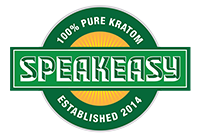
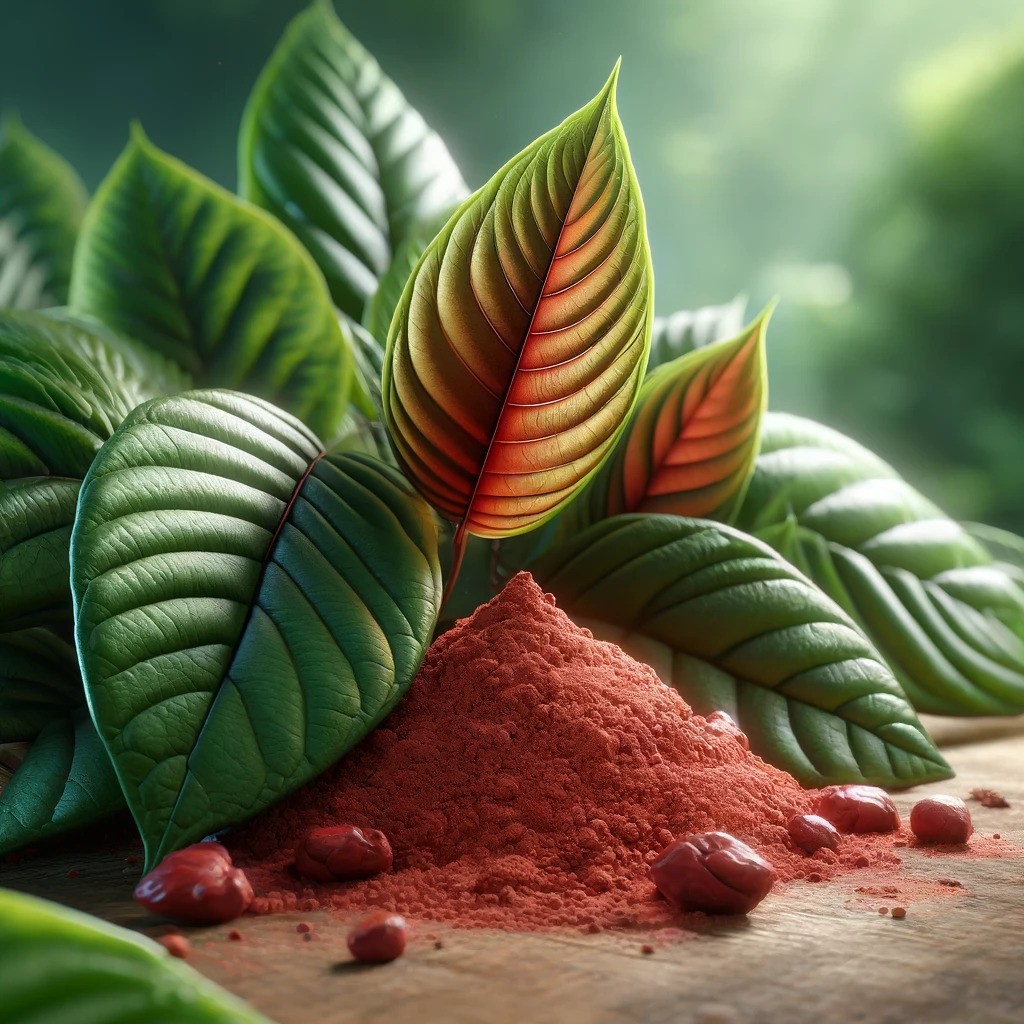




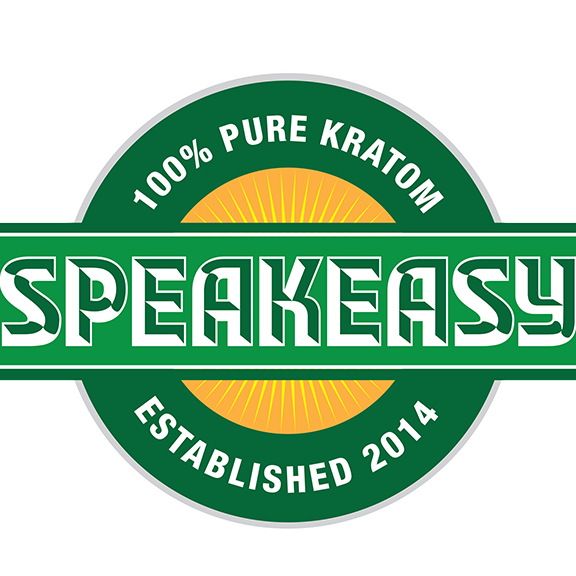
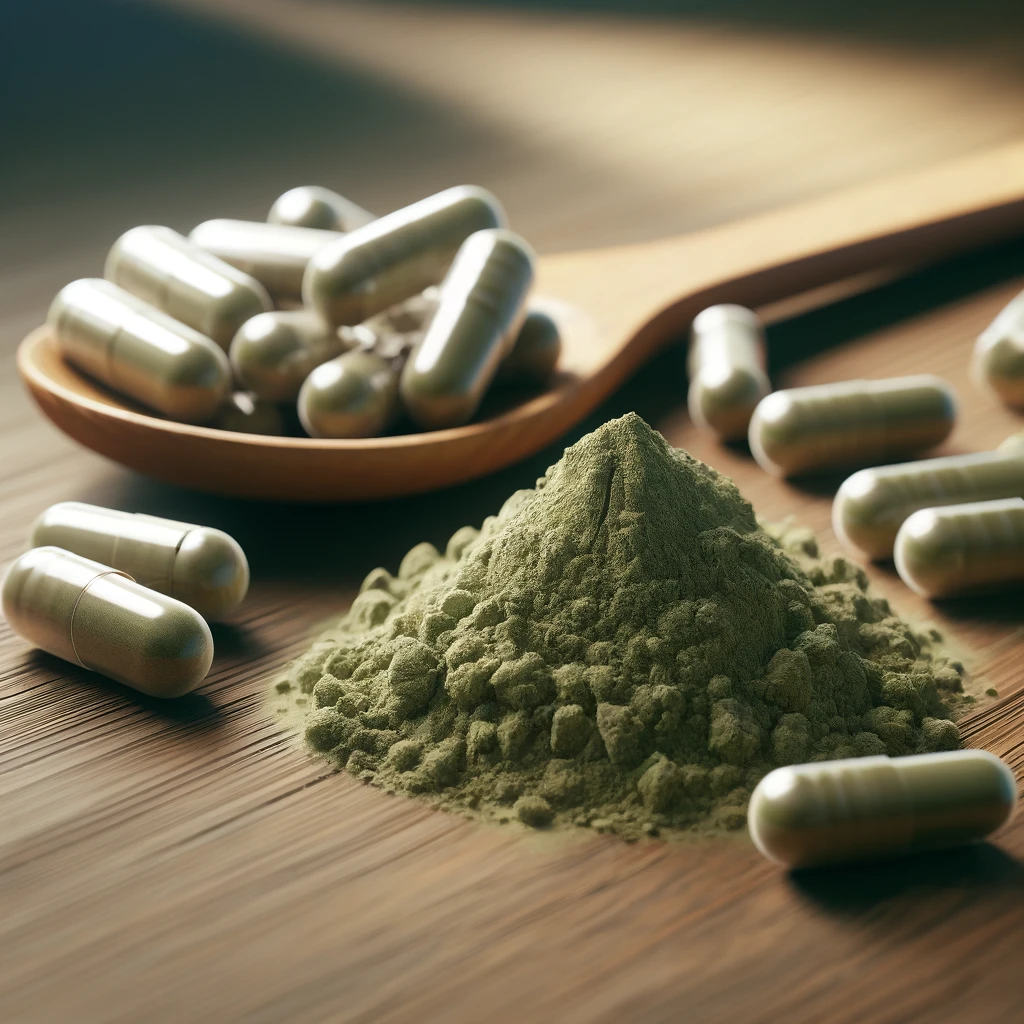
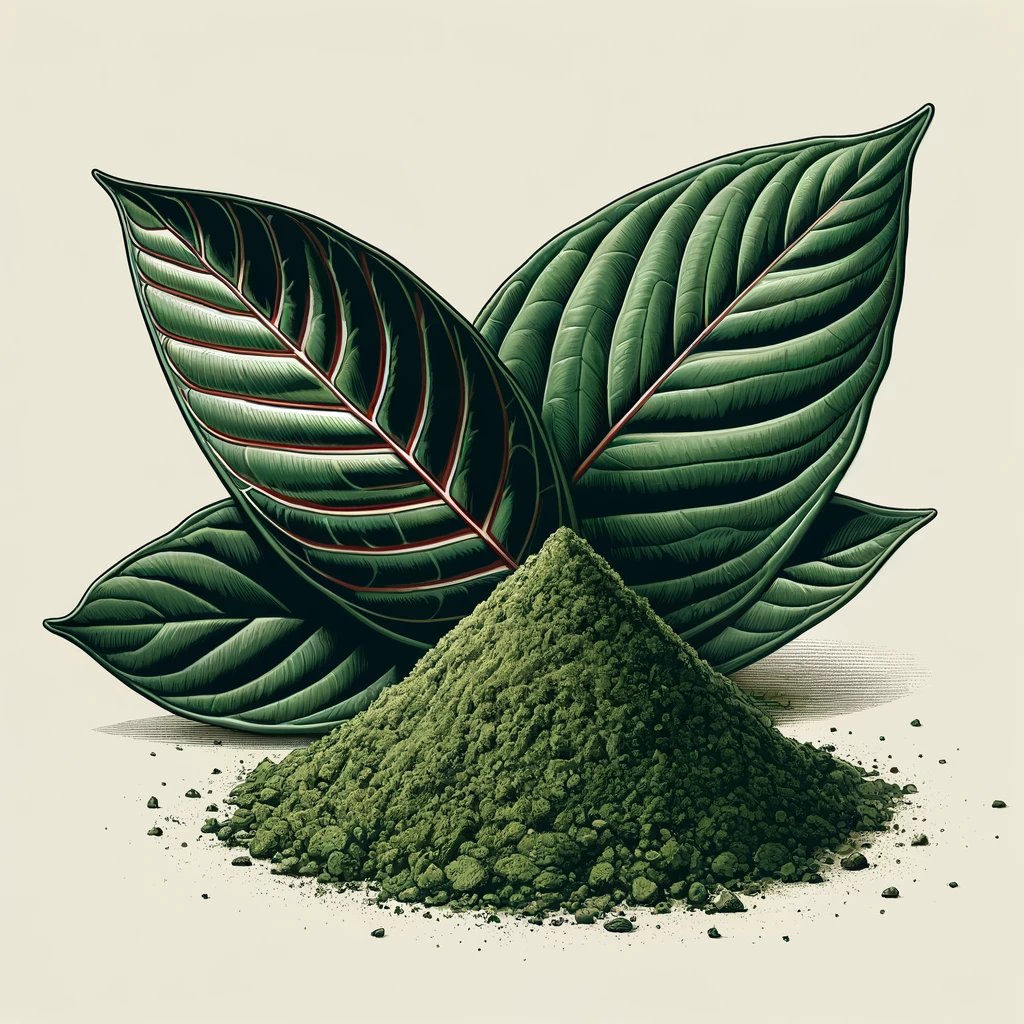

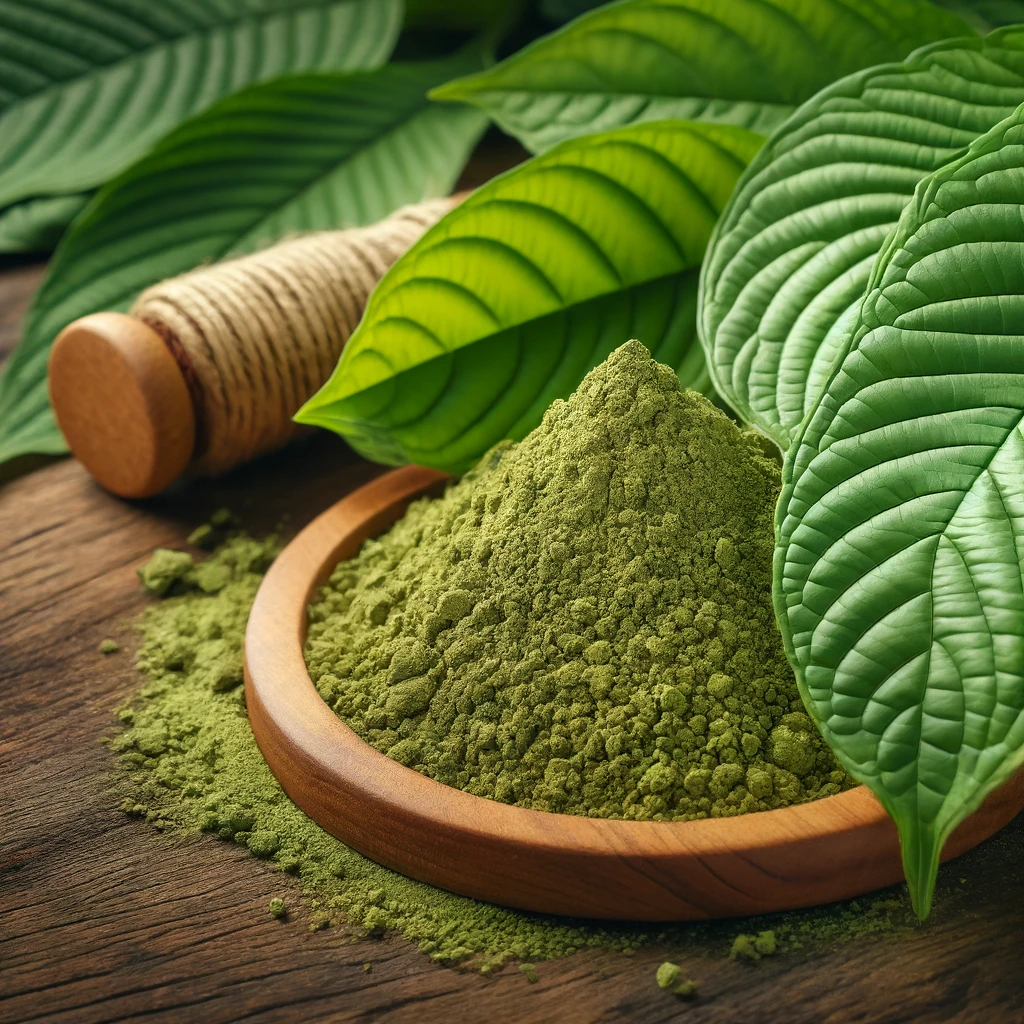
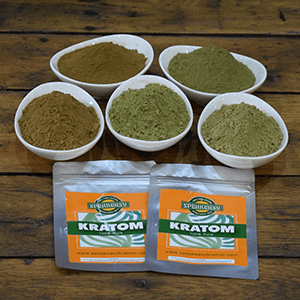

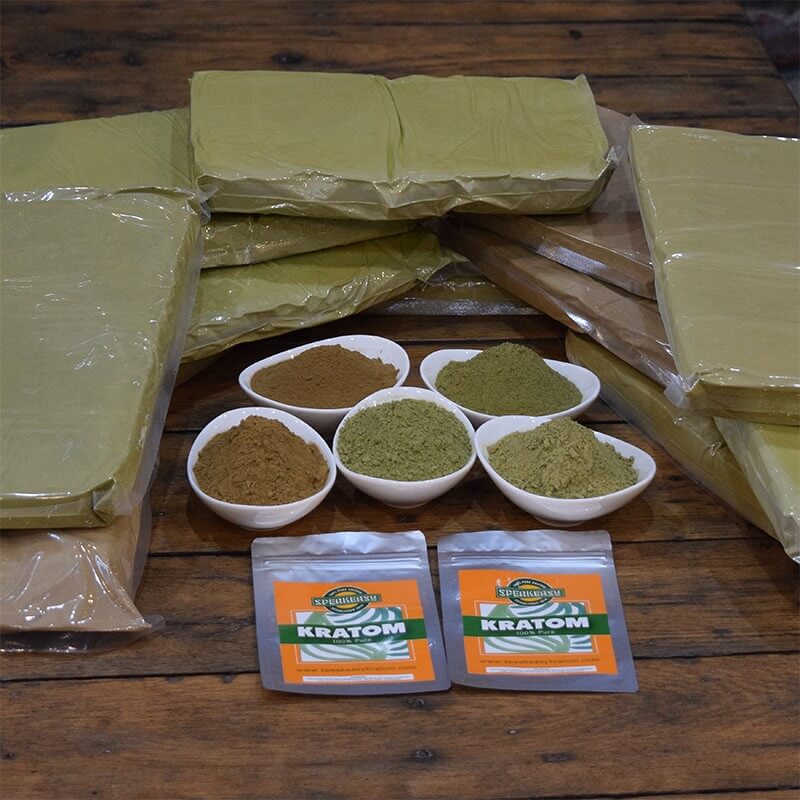
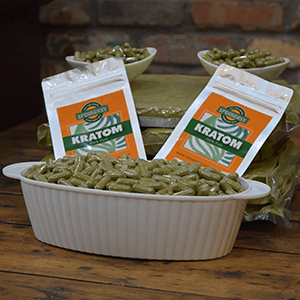
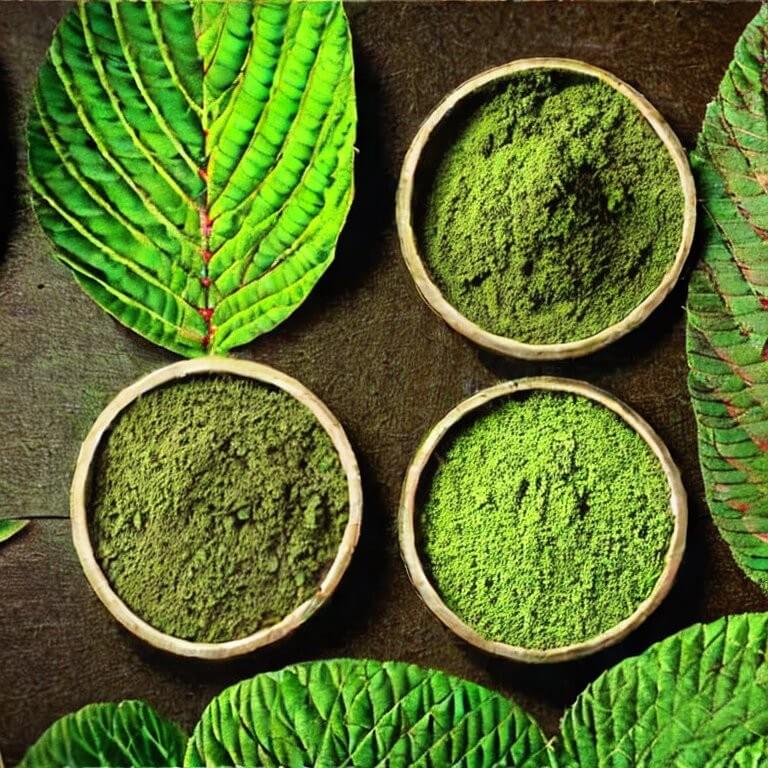
Leave a comment